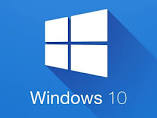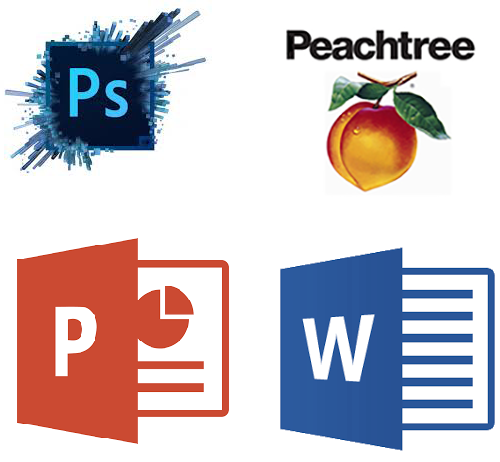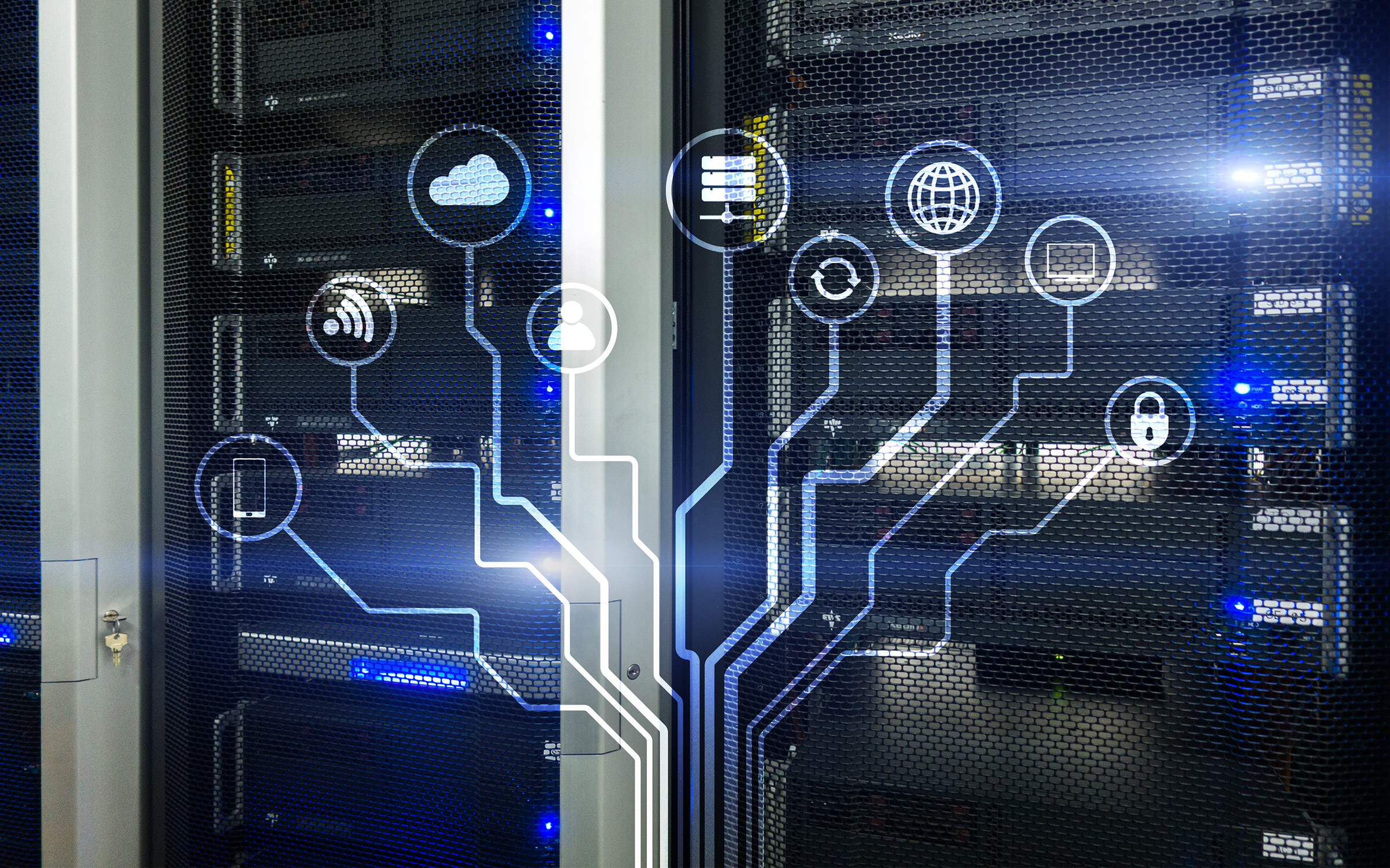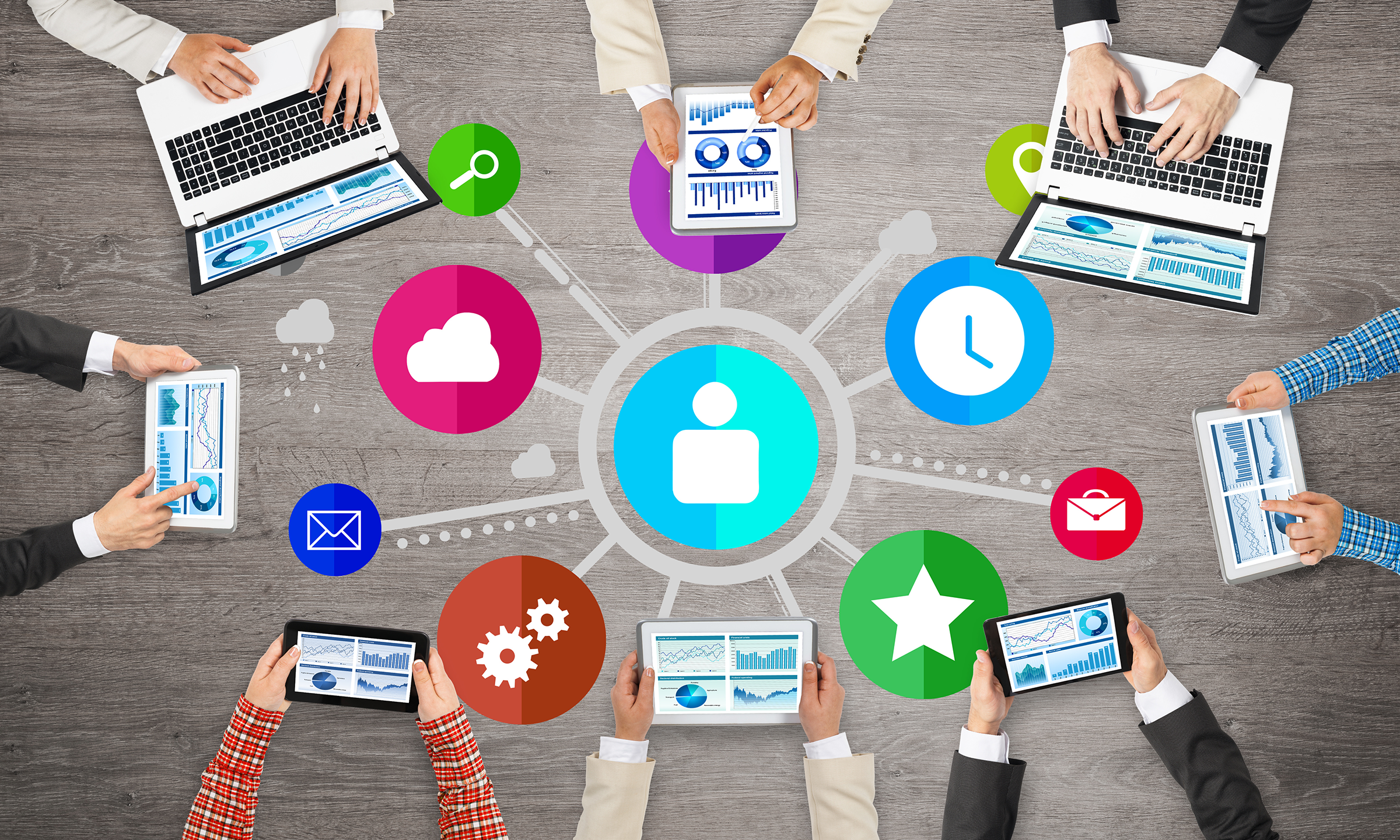Main Content
Lesson 1: Information Systems Overview
What Is an Information System?
Information systems and information technologies are terms that are often used interchangeably. From a technical perspective, an information system is a set of interrelated components that are used to collect, store, manipulate, and disseminate information with the goal of supporting decision-making, analysis, visualization, and control in organizations. Information technologies, however, consist of all the various hardware, mobile devices, and software that organizations use to achieve their strategic business objectives.
Information systems consist of the following six components:
- computer hardware and mobile devices;
- software;
- data;
- networking and telecommunications technologies;
- procedures, and
- people.
Select each component below to learn more about it.
Computer Hardware and Mobile Devices

Computer hardware and mobile devices refer to the physical components, such as modems, central processing units, mobile devices, kiosks, servers, and routers.
Computer Software


Software refers to programs that direct the computer processor to perform certain functions. Software can be one of two types: operating systems software or application software.
- Operating systems software, such as Windows 10, is the underlying program on which other programs (applications) run.
- Application software refers to any program created to support a specific task—for example, Microsoft Word, Microsoft PowerPoint, Photoshop, and Peachtree.
Data

Data refers to raw facts that do not have any associated meaning. Examples consist of bar code data from scanning a jar of peanut butter, jelly, bread, and milk at a supermarket checkout.
Information systems are used to process data into meaningful information. For instance, the data from all consumer purchases of peanut butter, jelly, bread, and milk is transformed into meaningful information to determine the percentage of products that are purchased together.
Management can use this information to determine the arrangement of products in the store. In addition, the information can be used to decide which item can be placed on promotion to stimulate the purchase of complementary products.
Networking and Telecommunications Technologies

Networking and telecommunication technologies consist of both the physical devices and software that links nodes on networks in order to facilitate the transfer of data and information. Applications include the Internet, Wi-Fi, RFID, Bluetooth, and so on.
Procedures

Procedures govern how an information system operates. All systems have rules that govern their operations. For example, one procedure in an information system can explain how users gain access to a system, such as through an authorized username and password.
People

People are the most important component of an information system. As such, information systems consist of people operating in different roles. These roles can be associated with different job titles, such as senior managers, middle managers, data workers, knowledge workers, programmers, and end users.
Information systems are impacted by three main factors: management, organization, and technology. These are broad areas that will have differences in each specific case. For example, management can determine the timeline for a new information system, the organization can allocate a specific budget, and the technology could be focused for use on mobile devices.
